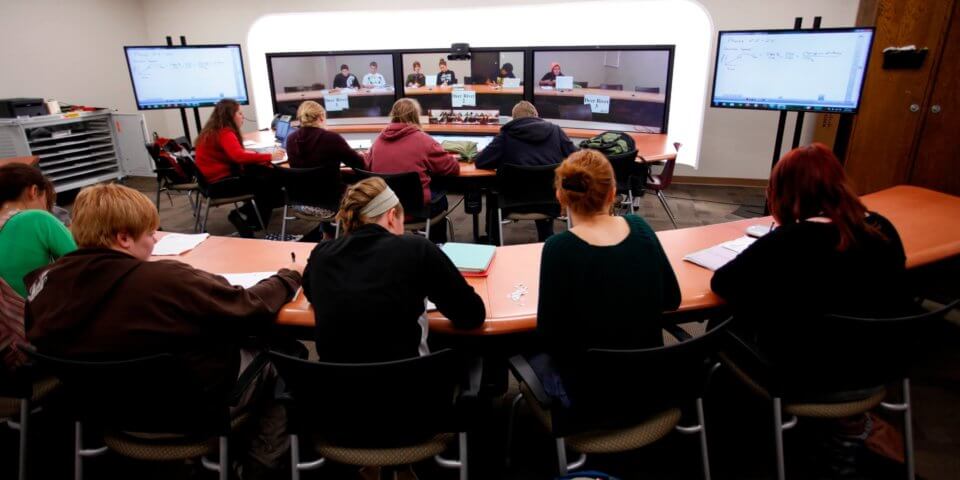 Image: grand rapids
Image: grand rapids
Measuring Impact of Broadband in 5 Rural MN Communities
Access to, and use of, high-speed Internet is critical for today’s communities. Across rural Minnesota are stories of communities putting in the hard work necessary to bring the benefits of broadband home. These stories illustrate the impact that broadband investment can have on a community’s vibrancy.
Blandin Foundation commissioned Ann Treacy of Treacy Information Services and Bill Coleman of Community Technology Advisors to look at five counties well served with broadband – Beltrami County, Crow Wing County, Goodhue County, Lake County, and Sibley County.
The purpose of these case studies, published in October 2017, is to determine the value of that broadband based on impact to the members of that community.
Key Takeaways
What did we learn about valuing broadband?
It’s complicated. But we found an arsenal of tools to help make the case to community leaders, policymakers and broadband providers that broadband is a sound investment.
- Using established formulas, we found that in three counties the annual collective economic benefit for residents would surpass the public/community investment in one year. In one county that the benefit would surpass investment in slightly more than a year and in the last county it would take 6 years to surpass the investment but benefits would surpass investment.
- Looking at county data we found that the most recent data was from 2015 and 2016; unfortunately two of the counties only got a critical mass served by those years and two had not yet reached the critical mass. The lack of more recent data means there is a lag between investment and data collection is too great to see indication of investment in four of the counties. But one county has had broadband long enough and that county has seen increase median income and population growth. So while one is not a pattern, the results are positive.
- Talking to community members we heard about economic benefits for business and home owners. People mentioned improvements in the schools. People were seeing families move to the area. Signs of thriving were evident.
What did we learn about the communities who are thriving with better broadband?
- Rural communities need broadband to survive. Rural communities need to support advanced use to thrive.
- Smart communities plan from the future.
- Smart providers build for future demand, not current usage.
- Sufficient broadband is invisible.
- When economic developers and community leaders are able to devote their time and attention to implementing innovative, tech-based economic development strategies, rather than on improving broadband access, it gives them a distinct advantage over unserved counties where local teams spend countless hours pursuing broadband deployment and struggling with limited bandwidth and unhappy residents and businesses.
- Innovative communities build a buzz.
Report Contents

Purpose & Methodology

Community Profiles

Return on Investment

County Data Conclusions

Broadband-Based Development Strategy

Conclusions
Contact Us
Your feedback strengthens our broadband programs. Contact us to share your thoughts. You may also subscribe to our mailing list, or contact the following Broadband team members.
